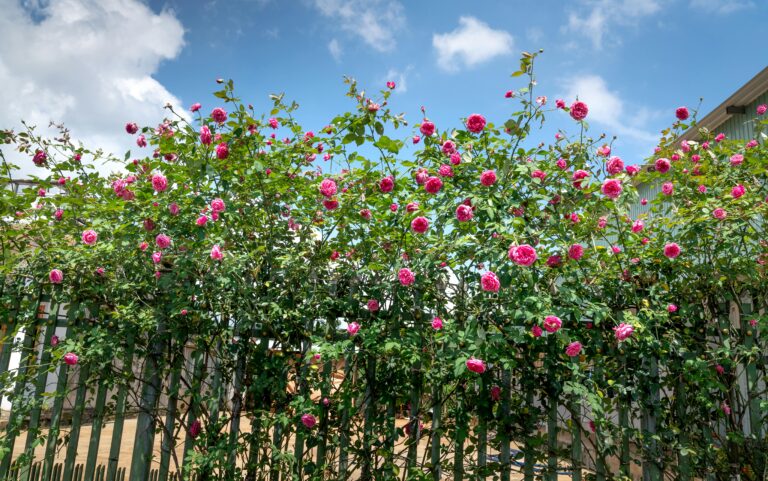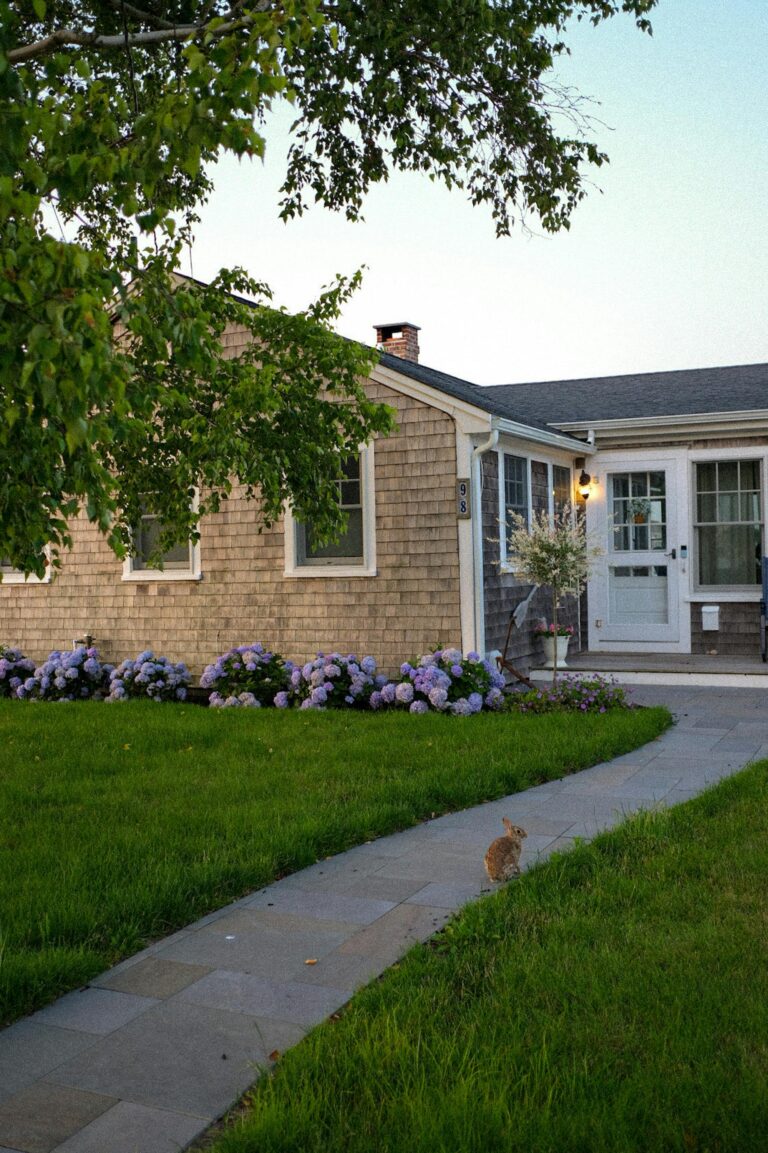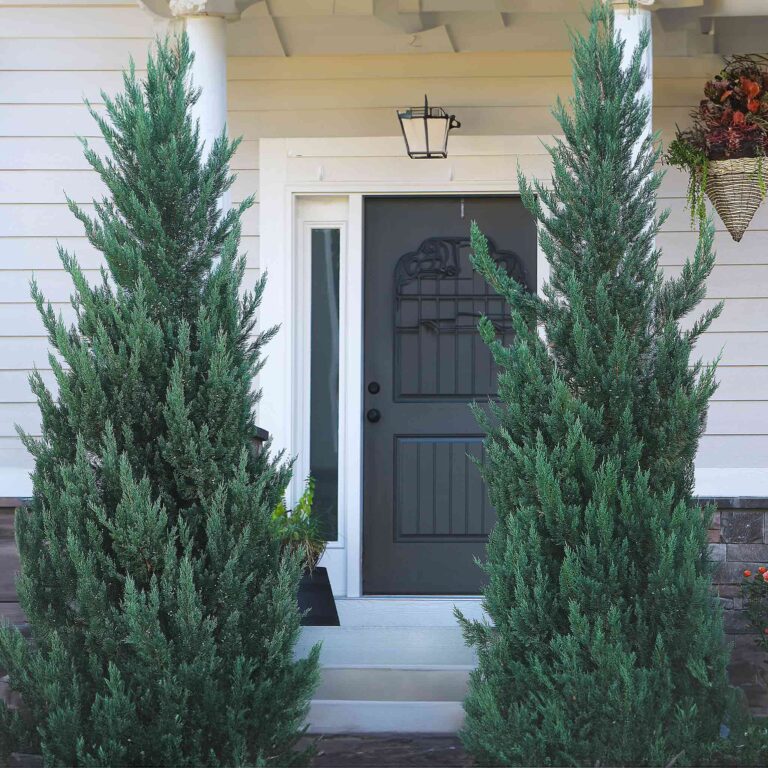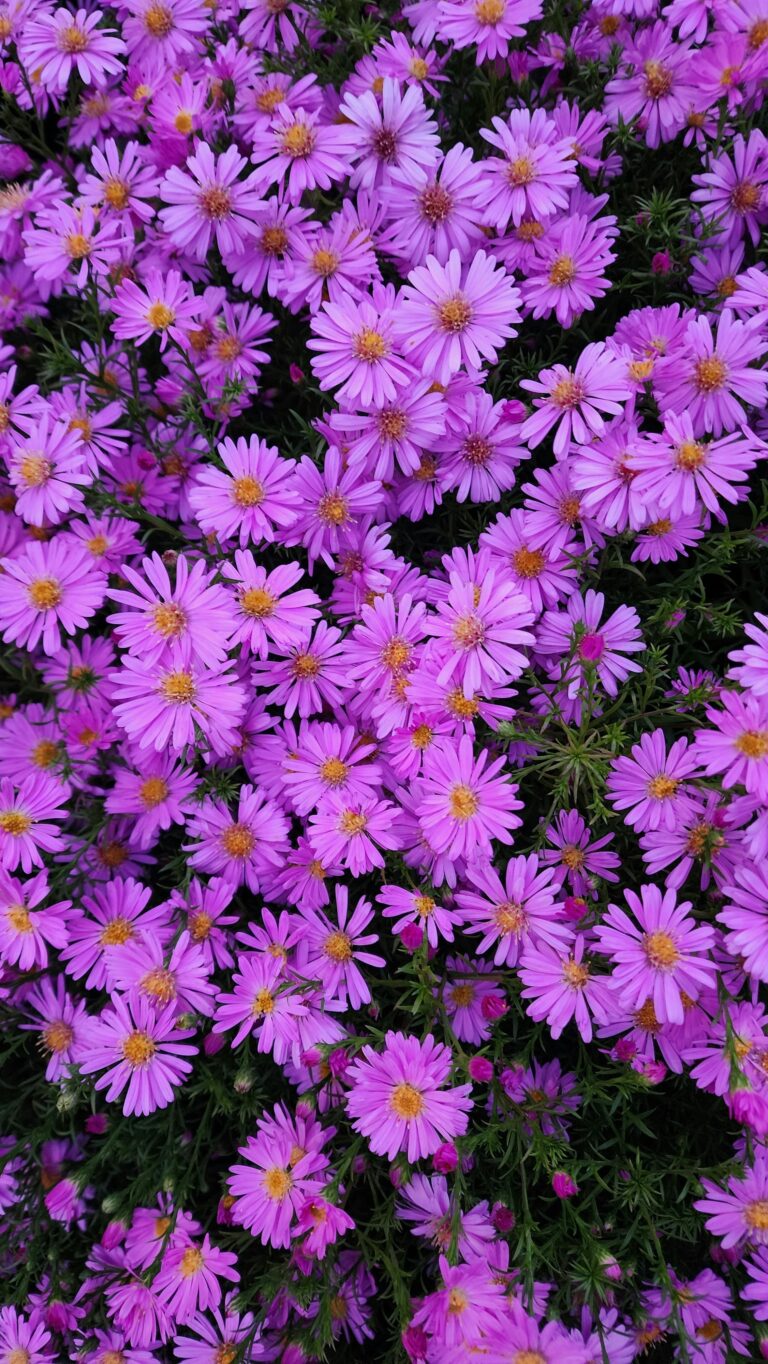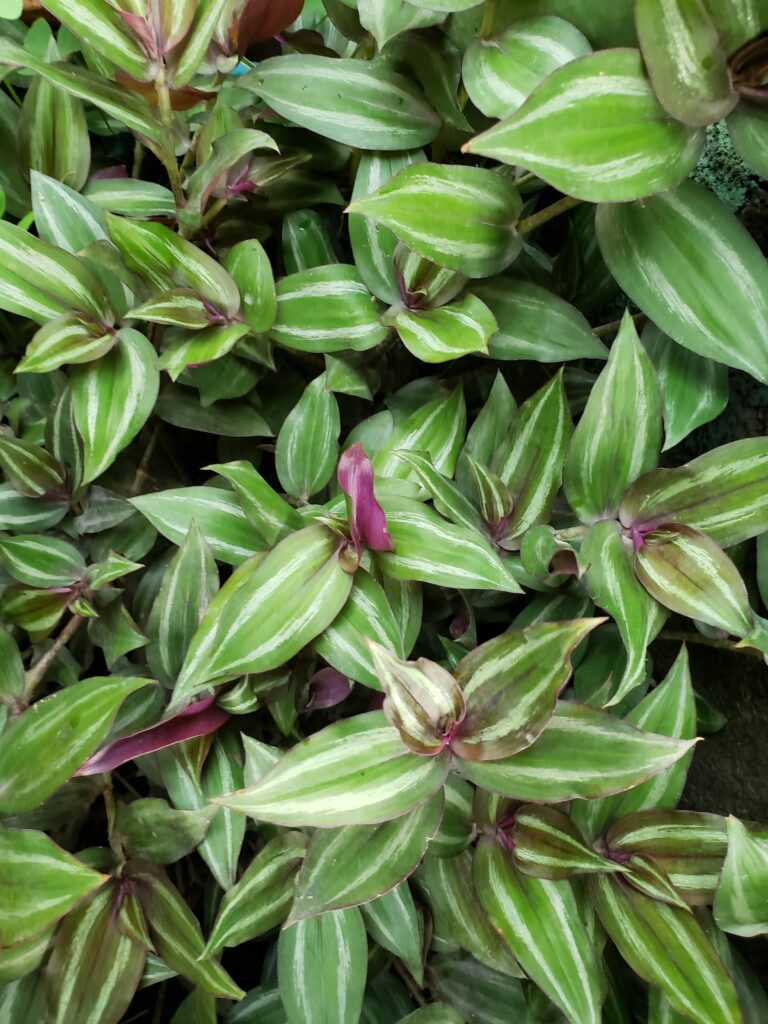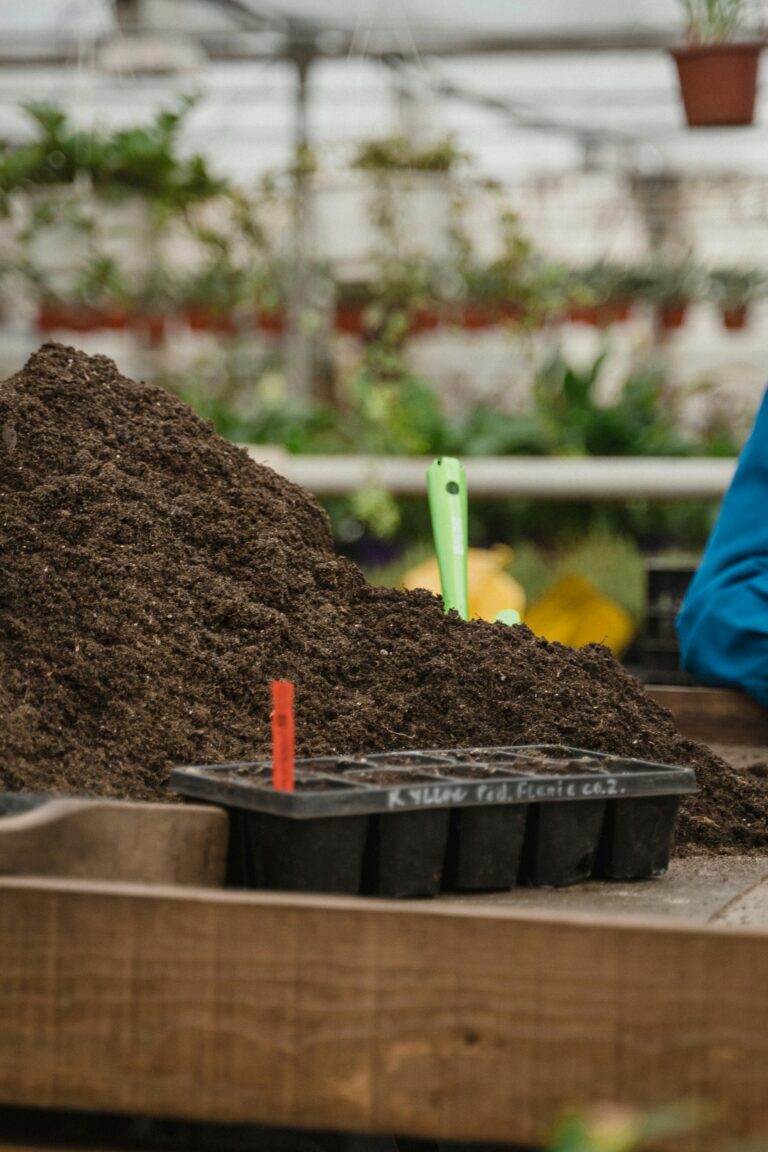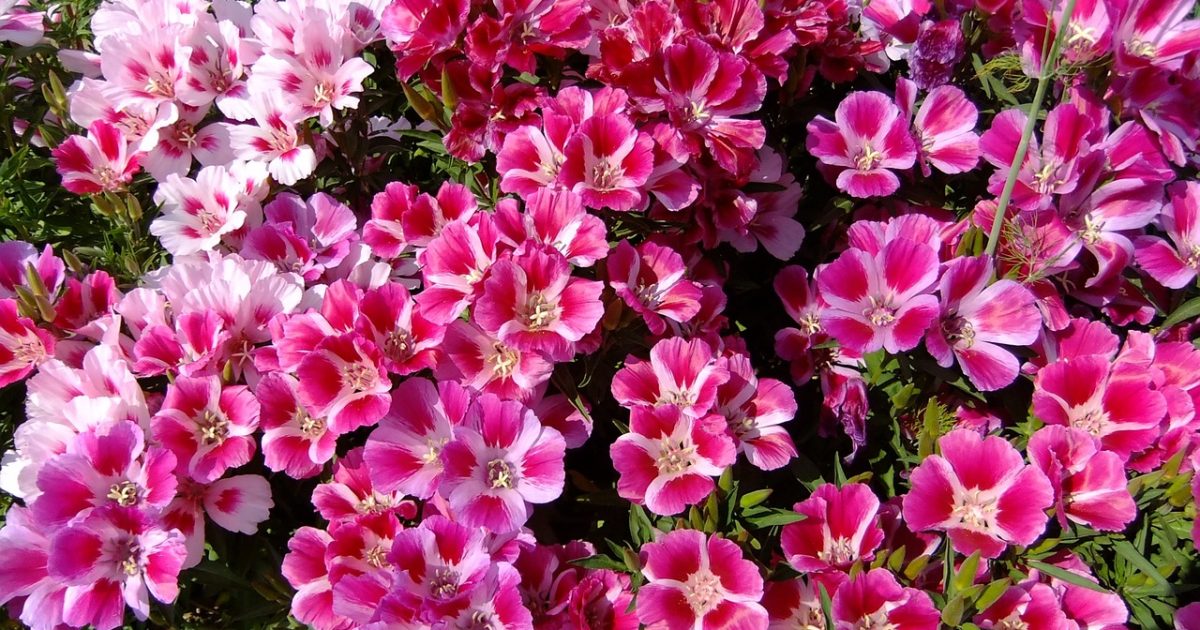
Godetia: The Hidden Gem of Pink Flowers for Your Garden
If you’re looking to add some unique beauty to your garden, let me introduce you to Godetia. Often overlooked, this stunning flower, also known as Clarkia amoena or Farewell to Spring, is a must-have for gardeners who appreciate vibrant pink blooms. With five years of gardening experience under my belt, I can confidently say that Godetia will elevate your flower beds with its silky petals and graceful appearance. Whether you’re a novice or a seasoned gardener, Godetia is one of those flowers that rewards you with color, charm, and ease of care.
Let’s dive into everything you need to know about growing and caring for this delicate beauty in your US garden.
Why Choose Godetia for Your Garden?
Godetia offers a unique twist on the classic pink flower, with blossoms that resemble satin in their texture and sheen. Its soft pink shades often blend with deeper hues of red, white, or purple, making it a great companion for other flowering plants. Plus, Godetia is easy to grow from seed and will thrive in various climates across the US.
The blooms bring a wild, natural vibe to your garden, perfect for anyone who enjoys a cottage or meadow-style planting. But the real treat? Godetia flowers late in the season, blooming from early summer to fall, so when other blooms are fading, Godetia keeps your garden alive with color.
Godetia at a Glance
- Common Name: Godetia, Farewell to Spring
- Botanical Name: Clarkia amoena
- Bloom Time: Early summer through fall
- USDA Hardiness Zones: 2-10 (best grown as an annual)
- Sun Requirements: Full sun to partial shade
- Soil Requirements: Well-draining, slightly acidic soil
How to Grow Godetia
1. Planting from Seed
The easiest way to grow Godetia is from seed. In cooler climates, sow the seeds directly into the garden after the last frost date. If you’re in a warmer climate, you can start them indoors about 6-8 weeks before the last frost. Godetia seeds prefer cooler temperatures to germinate, so late winter to early spring is ideal for planting.
- Sow Depth: Scatter the seeds on the soil surface and lightly press them in.
- Spacing: Thin seedlings to about 6-8 inches apart once they sprout to give each plant enough room to grow.
- Germination Time: 7-14 days in cool temperatures.
Pro Tip: Godetia does not like being transplanted, so if you start them indoors, use biodegradable pots that can be planted directly into the soil to minimize root disturbance.
2. Choosing the Right Spot
Godetia thrives in full sun but can tolerate light afternoon shade, especially in hotter regions of the US. They love cooler summer temperatures, so if you live in the South, consider planting them where they can get a bit of relief from the scorching midday sun.
Soil: Godetia prefers well-draining soil that is slightly acidic. If your garden soil is heavy clay or poor in nutrients, consider adding compost to improve drainage and fertility.
3. Watering Needs
Water Godetia regularly, but avoid overwatering. The soil should be kept consistently moist but not soggy. They are relatively drought-tolerant once established, but they will flower best when given a consistent water supply, especially during dry periods.
Pro Tip: A layer of mulch around the base of the plant helps retain soil moisture and keeps the roots cool.
Caring for Godetia Throughout the Season
1. Fertilization
Godetia isn’t a heavy feeder, so you don’t need to overdo it with fertilizer. A balanced, slow-release fertilizer applied at planting time will usually suffice for the season. If you want more blooms, you can give them a light feeding with a water-soluble fertilizer once a month.
Pro Tip: Too much nitrogen can lead to lush foliage but fewer flowers, so be careful with the amount of fertilizer.
2. Deadheading and Pruning
Deadheading is essential for prolonging the blooming period. Once flowers start to fade, pinch them off to encourage the plant to produce more blooms. Regular deadheading keeps the plant looking fresh and prevents it from putting energy into seed production.
Godetia grows upright and can become somewhat leggy as the season progresses. If you notice this happening, don’t hesitate to give the plants a light prune to encourage bushier growth and more blooms.
3. Pests and Diseases
Godetia is relatively pest-resistant, but it’s not immune to common garden problems. Aphids, spider mites, and slugs might make an appearance, especially if the plants are stressed from drought or overcrowding.
- Aphids: Spray with a mixture of water and dish soap or use insecticidal soap to control aphid populations.
- Slugs: Keep slugs at bay with organic methods like copper tape or slug traps.
Disease-wise, ensure good airflow around your plants to avoid fungal issues like powdery mildew. Water at the base of the plant to keep the leaves dry, as damp foliage can attract fungal diseases.
Best Varieties of Godetia
Godetia comes in many stunning varieties, ranging from pastel pinks to deep magentas and even bi-colored options. Here are a few of my favorites that will look great in any US garden:
1. ‘Grace Rose’ Godetia
This variety features large, double pink blooms with a rose-like appearance. It’s perfect for flower beds or containers.
2. ‘Rembrandt’ Godetia
‘Rembrandt’ offers a mix of white, pink, and red flowers with a delicate, silky texture. It’s a showstopper for cottage gardens.
3. ‘Dwarf Satin Mix’ Godetia
As the name suggests, this variety has smaller, more compact plants but is loaded with bright, satin-pink blooms. Ideal for smaller spaces or container gardening.
How to Use Godetia in Your Garden Design
Godetia is incredibly versatile. Here are a few ideas on how to incorporate these beauties into your garden:
- Borders and Beds: Godetia’s upright growth and colorful blooms make it perfect for planting along the edges of borders or in mixed flower beds.
- Cottage Gardens: Godetia fits right into the informal, slightly wild look of cottage gardens, especially when mixed with other flowers like foxgloves or daisies.
- Cut Flower Gardens: Godetia makes an excellent cut flower! The blooms last a long time in a vase, so plant them in your cutting garden to bring indoors.
- Containers: If you’re short on space, Godetia can thrive in pots or window boxes. Pair them with other sun-loving plants for a vibrant display.
Final Thoughts
Godetia might not be the most well-known flower in the gardening world, but once you’ve grown it, you’ll wonder how you ever lived without it. Its delicate, pink blooms, easy care, and versatility make it a perfect addition to any US garden. Whether you’re looking to fill a border or add some charm to a container, Godetia will not disappoint.
Pro Tip: When planning your garden, consider pairing Godetia with other cool-season annuals like snapdragons or larkspur for a longer display of color.
So, if you’re ready to add something new and enchanting to your garden, give Godetia a try. I promise you won’t regret it! Happy gardening! 🌸

